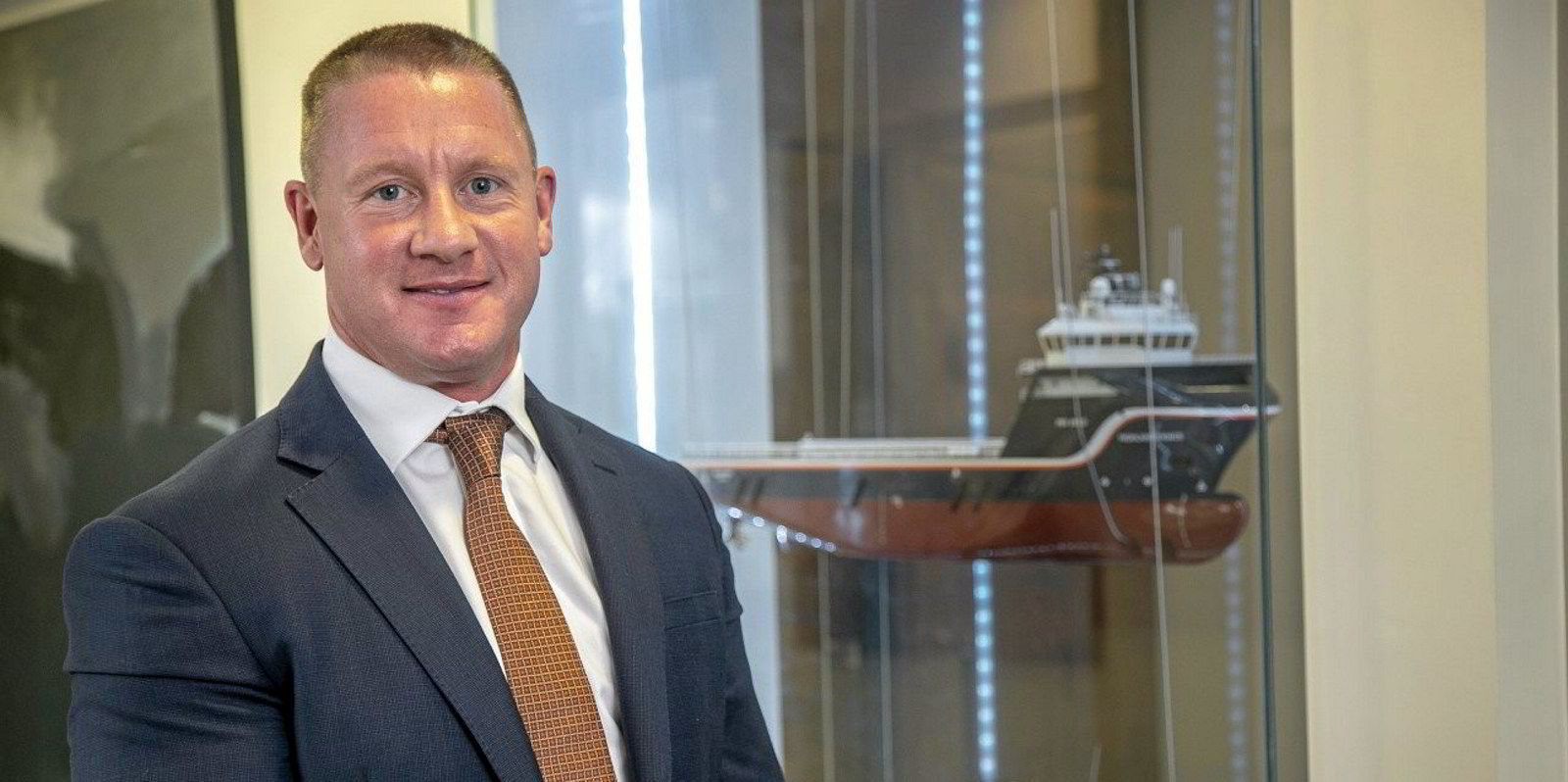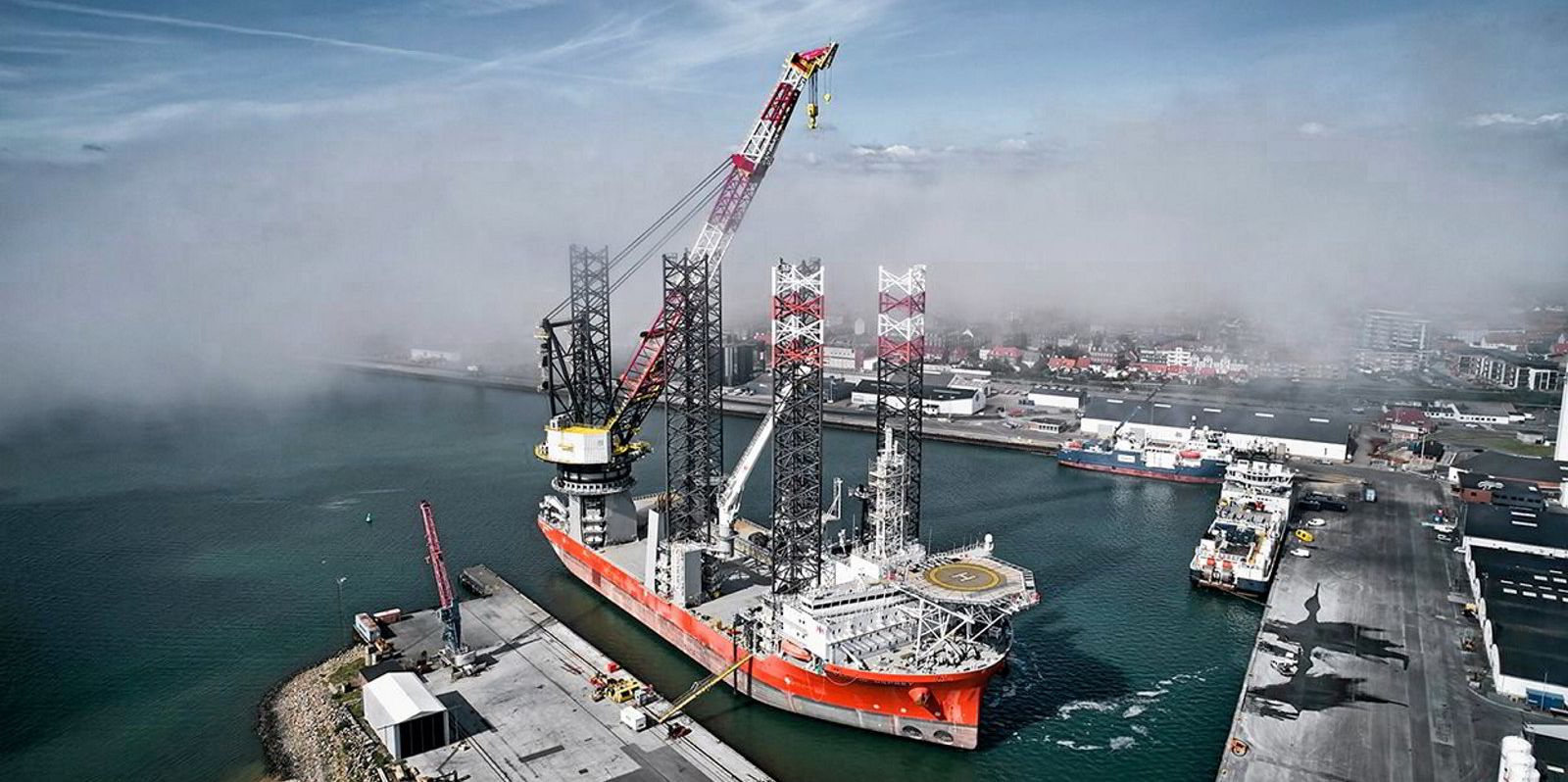Clarksons Offshore & Renewables newbuild team says it was involved in offshore wind vessel orders worth over $1bn in 2022.
The UK shipbroker said the sector witnessed a record investment program with a total of $6.2bn worth of new vessel orders last year.
Clarksons said this was despite both shipyards and buyers of vessels suffering the frustration of a dysfunctional 2022 due to Covid-19 and the impact of geopolitical tensions.
The broker said foreign exchange variations, global inflation, raw material price hikes, and increased oceangoing freight costs also negatively impacted logistics, hull, components, and outfitting costs for shipyards.
“Another negative impact from the constrained supply chains is longer lead times and shorter validity of yard newbuild quotations,” Clarksons said.
The increased appetite for LNG carriers and container vessels also led to fewer available yard slots, something that is starting to become more evident for the larger wind installation tonnage, the broker said.
For the smaller construction service operation vessels (CSOV) and similar type tonnage there is still availability in the various yards globally, but this is expected to get more constrained as more vessel orders come in from the resurging oil and gas markets.
“There are several floating production storage and offloading (FPSO) orders expected and clear signs that smaller speculative offshore support vessels (OSV) tonnage specifically focused on oil and gas will be ordered in the coming years due to the ageing fleet and higher oil prices,” the broker said.
Looking ahead, Clarksons said it expects to see the main trends continue with the larger wind support tonnage being contracted in Asia, while smaller tonnage is spread around the world in Asia, Europe, and the US for Jones Act-specific units.
“Shipowners’ yard selection continues to focus on yard cost levels, but we see a development where delivery time and precision has an increased focus, especially for units which are ordered against long-term charter but also for speculative orders as spot market contracts tend to be signed also a good while before delivery,” the broker said.
Clarksons says that while offshore wind is still a comparatively young industry and there is still a lot of dependence on vessels and tools developed for oil and gas, it is witnessing developments in various segments where specialised tonnage is being developed for the unique requirements of offshore wind.
Examples are floating foundation installation vessels (FFIV) for installation of monopiles while using dynamic positioning, small waterplane area twin hull (SWATH) design SOV’s which utilise the low motion characteristics of this hull form for walk-to-work (W2W) or specialised tonnage planned for mooring and installation of floating wind turbines, a market poised for take-off within next five years, the broker said.
“The market dynamics are riveting with activities in offshore wind, offshore oil and gas and upcoming offshore industries such as deep-sea mining and offshore fish farming,” Clarksons said.
Clarksons is projecting over 250GW [of offshore wind] to be active globally by 2030, across 730 farms and 30,000 turbines.
By 2050, it is projecting offshore wind to account for between 7% and 9% of the global energy mix against 0.4% today, all of which, it says, will need new tonnage for installation, commissioning, operation and maintenance.





